Scottish Wildcat
One of the most impressive predators in the world, the Scottish Wildcat is intelligent, patient, agile and powerful, pound for pound as powerful as any other cat alive, large or small.
Until as short a time ago as 1950, Scotsmen believed them to be mankillers.
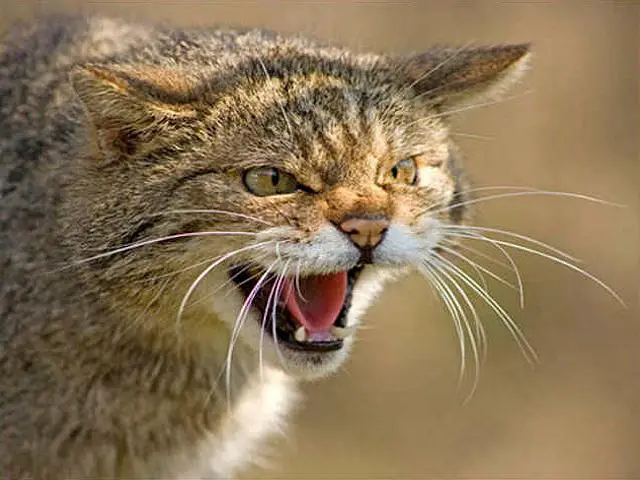
The Scottish Wildcat
They hold the distinction and legend of being the one cat that cannot be tamed, even when bred and born in captivity.
The Scottish wildcat survived the human persecution that killed off the British Wolf, and lived thousands more years than the Roman Empire, whose men they also terrorised.
Today, this same wildcat has earned the respect and a place in history of the Highland farmers and gamekeepers, who will tell stories of its fearlessness.
To view the Scottish wildcat, it very much looks like an overlarge, and quite muscular tabby cat, the coat contrived of dark browns blacks and greys, with a ruffled appearance to its fur because it is so thick.
The Scottish Wildcat Association says that the differences are “The gait is more like that of a big cat and the face and jaw are wider and more heavy set than the domestic. Most apparent is the beautiful tail; thick and ringed with perfect bands of black and brown ending in a blunt black tip.
The Scottish form is the largest in the wildcat family with males typically between 6-9kg (13-17lb) and females 5-7kg (11-15lb), around 50% larger than the average domestic cat. Fossil examples measuring 4 feet from nose to tail have been found; such a cat would have weighed around 14kg (30lb).”
The Scottish wildcat has razor sharp claws, and wrists which will rotate for gripping and climbing, with very powerful thigh muscles and an amazing ability to sprint at about 30 MPH, and can fall from a tree, twist around and truly land on its feed.
Their coats are thick, with two layers, an outer and an inner for insulation and warmth, and the cat religiously cleans himself in much the same way a domestic cat will do.
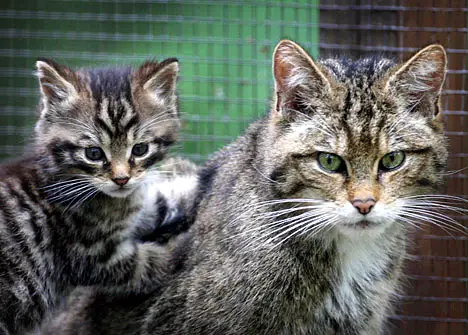
A Scottish Wildcat kitten was recently born in captivity
They are solitary and largely hunt and mate at night, while resting in dens which are kept hidden during the daylight hours.
They will patrol areas of up to ten miles at night to gather prey.
Males and females live strictly alone, coming together only to mate in the mid winter.
Once they have mated, the males do not remain with the female, she raises the kittens alone. Although they do not meet physically often the wildcats appear to communicate with each other through scent and calling.
Vocal communication is extremely rare, saved for displays of aggression or, whilst in heat, but the females wail loudly to attract male attention and it is possible that this is the root of many Highland stories about the screaming banshees because of their method of calling.
They are silent by nature, possibly because of the hunt and avoiding other predators. Wildcat kittens do not make noise and will usually play in complete silence.
The female goes into heat in January to March, with most of them remaining in heat about a week. They carry the young for between 60 and 68 days, and will have from 3 to 8 kittens, which will weight a few ounces.
At about 5 months old they are independent of their parents but may stay with the mother until about ten months.
Females have just one litter per year, but once in a way will produce two. Particularly when one litter is lost.
Three or four Kittens are born in early spring and raised solely by the mother who is exceptional in her care and defence of them as they grow. Surviving initially on the mother’s milk the kittens quickly progress to eating kills brought to the den for them.
Within weeks the mother will bring back live prey for the kittens to catch for themselves, teaching them hunting skills, and within a few months they join her on the hunt to observe and learn survival skills before heading out independently around 5 months of age. They will usually mate for the first time in their second year.
Studies suggest human caused mortality (snares, roads, gunshot) account for up to 92% of deaths
They will live about six year in the wild, however when in captivity they have been known to live as long s 15 years.
Scottish Wildcat association says, of their habitat that they were “Originally a forest creature, Scotland’s heavy deforestation and tightly varied habitats has forced the wildcat to evolve and utilise everything available to it. Locations of the best populations is as yet unknown (research is underway), but it seems likely they will exist in the less developed areas of the Highlands in the far north
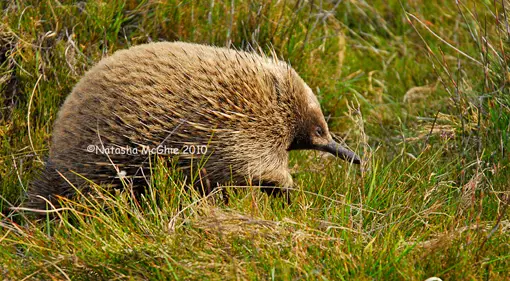
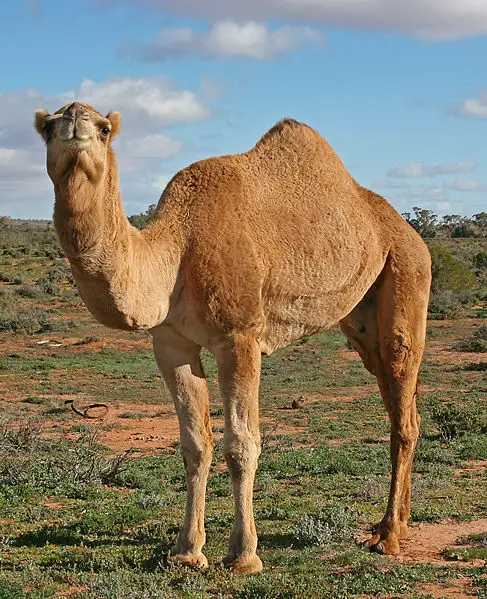
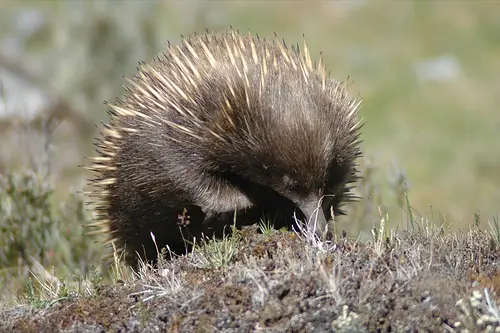
This is amazing! The only wild cat left in the world. I hope they stay that way!
Shut up.
Shut up.
why kill them?
I really think that some people don’t care about wildcats, and how many there are left in the wild. But I do care about them, and people that do, are caring and understanding!
MOLLY
(AGE 8)
Of course, they deserve to be protected and anything that can be done to increase their numbers should be done. You have to admire an animal that has endured since the last ice age and refused to be domesticated. I hope the Scottish government is doing all they can to preserve this gorgeous cat.
These cats are incredibly like the Maine Coon. I had one of these for a few years, and he weighed 18 pounds, had the same markings on his face as the Scottish wildcat, the same heavy tail, the thick, muscular body, and the unbelievably thick fur. He was also the most silent cat I ever knew. He was affectionate though, and gentle, and a creature of habit, who saw me to bed every night before he left through the cat window for his nightly rounds.
People speculate about the origin of the Maine Coon in the U.S., but now I know – they are descended from the Scottish Wildcat.